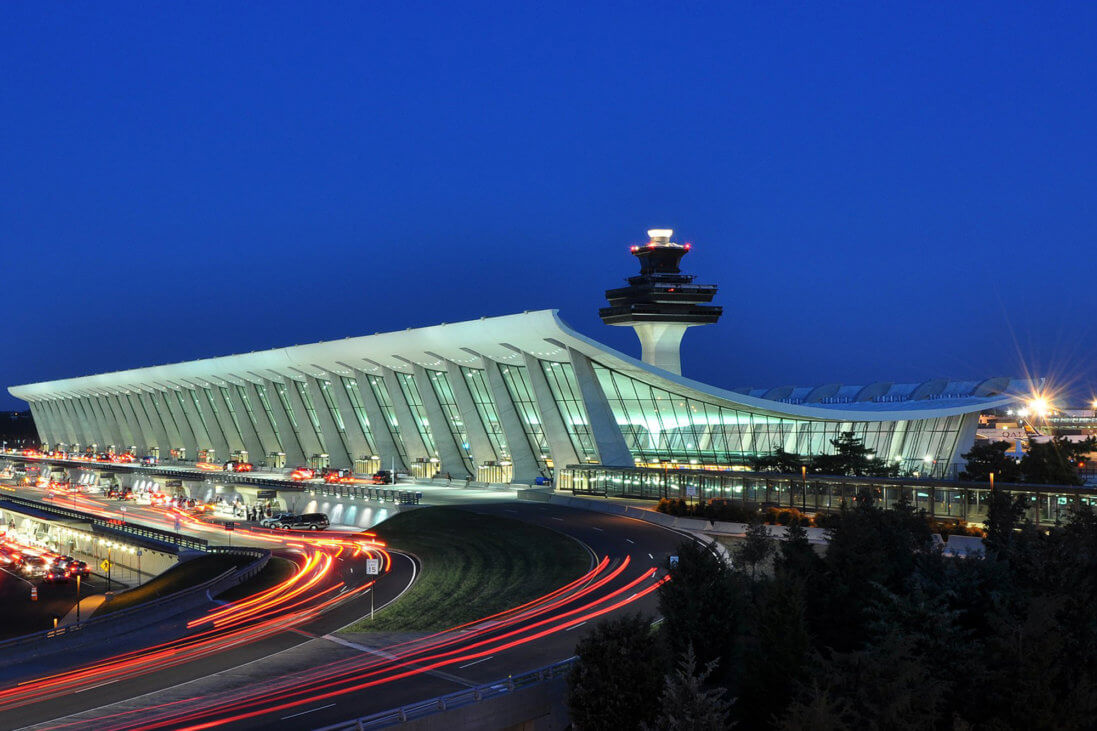
Aug. 28, 2019
NBAA advises business aviation operators flying near Washington, D.C. to use a new email address for correspondence with U.S. Customs and Border Protection (CBP) related to general aviation operations to Dulles International Airport (IAD), Manassas Regional Airport (HEF) and Leesburg Executive Airport (JYO).
That address is: cbpiadgeneralaviation@cbp.dhs.gov.
Effective Sept. 1, pilots should use the new address when requesting clearances or landing rights to those three airports within the district’s special flight rules area (SFRA) as part of an effort “to reduce unnecessary paper waste and improve operational efficiency,” according to a CBP notice of the new procedure.
Sarah Wolf, NBAA senior manager for security and facilitation, said the new email also helps standardize the process for corresponding with CBP. “Some CBP ports are still using fax machines,” she said. “Other times, pilots may call a facility and speak with one agent, only to later speak with a different agent not aware of, or familiar with, their earlier conversation.
“This single point-of-contact address will greatly help expedite certain processes, while also providing a record of communications with the agency and their response,” Wolf added.
The new email address does not replace the requirement to submit an Advance Passenger Information System (APIS) manifest when landing at facilities within the SFRA. Emails to the agency should not include personal identifiable information such as passport numbers or birth date.
“Those should only be disclosed on the APIS manifest,” Wolf said. “Emailed landing requests should include the aircraft’s tail number, arriving location, proposed landing date and time and a contact phone number, along with helpful information such as the total number of passengers onboard.”
Wolf noted that similar email procedures have been implemented at other CBP facilities in high-density airport regions, including near Los Angeles, CA and Seattle, WA. “These steps toward standardizing the communications process have been very well-received at other locations, as it establishes an electronic ‘paper trail’ on both sides,” she concluded. “This can be a win both for pilots and for CBP.”


 International Business Aviation Council Ltd.
International Business Aviation Council Ltd.